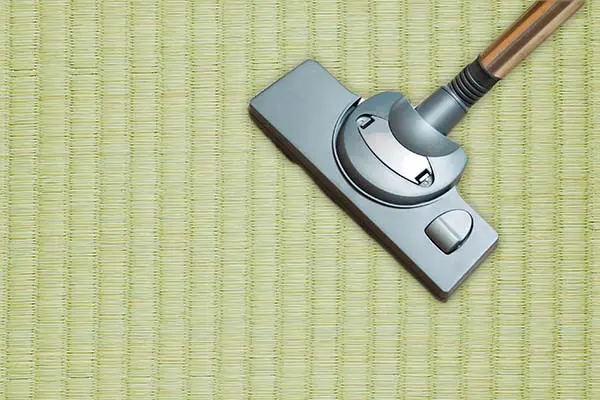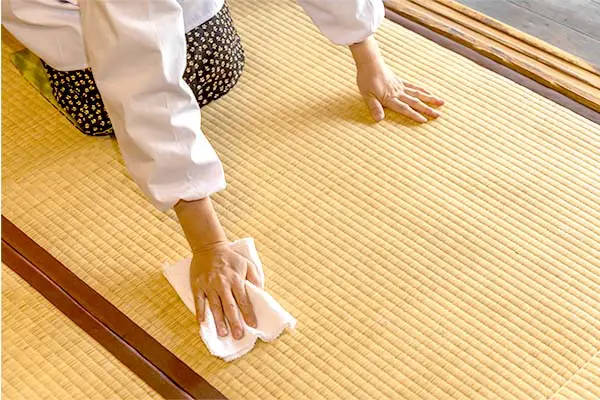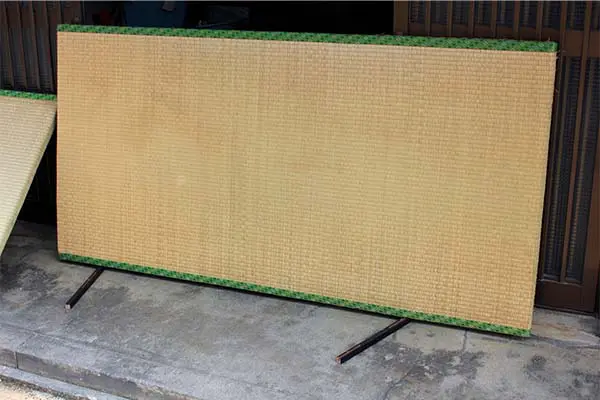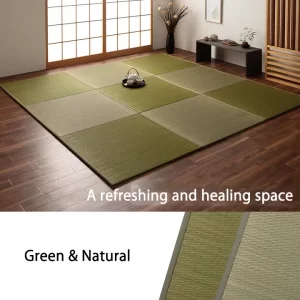Tatami mat/rug carpet mite measures
Contents
For daily mite measures! Let's vacuum cleaner!
If dust, food residue, etc. are left scattered on the Tatami mat/rug carpet, the mite will be easier to breed. In the past, tatami mats were cared for with a broom and a dry cloth. It was said that vacuum cleaners should not be used. The reason was that tatami was often damaged by incorrect vacuuming. However, if you take care of it correctly, it is not incompatible.
It is important to clean it frequently with a Vacuum cleaner to remove dust, which is a nutrient of mites. Vacuuming tatami mats daily helps prevent dust mites. Tatami is one of the places where mites are most likely to occur because of its moderate temperature and humidity. Vacuuming removes dust, dandruff, and debris, thereby eliminating the mite’s food source.
When vacuuming, be aware that each tatami mat should be vacuumed for 30 seconds. In addition, darkening the room before vacuuming can lure mites out.
There are three Points to using a vacuum cleaner to get rid of Tatami mat and carpet mites
- Carefully apply the Vacuum cleaner along the grain of the Tatami mat or rug carpet.
- Be careful not to damage the Tatami mat/rug carpet.
- Vacuum the Tatami mat/rug carpet size of about 71.7 x 35.8 in for about 30 seconds.
- Mite gathers in a dark place. Therefore darken the room for 1 hour before applying the Vacuum cleaner. You can lure mites out.
Wipe the Tatami mat/rug carpet once every two weeks.
It was also said that wiping tatami with water should be avoided. This is because if a lot of moisture is left on tatami, mold and mites can develop. However, there is no problem if you wipe with water correctly.
Most stains on tatami are either dust or sebum, and wiping with water is particularly effective in removing stubborn sebum stains.
Tatami is a natural flooring material made of grass fiber called “Igusa” and has a delicate side. Therefore, basically, vacuuming and brooms are used to remove stains, while sebum stains are mainly wiped dry, and water is used when there are still stains that cannot be removed.
Wring out tightly the cloth used for wiping with water. Do not wipe with water dripping from the cloth.
If possible, use lukewarm water that is not too hot to the touch to wipe the tatami, which makes it easier to remove stains on the tatami.
The water wiping should be done along the direction in which the fibers of the tatami are aligned. If you scrub the tatami without paying attention to the flow of the fibers, the tatami will be damaged by friction.
When you have finished wiping the tatami, let it dry. Wipe with a dry cloth or open a window to air the room. If you can remove the tatami, drying it outside is also effective.
If moisture remains on the surface of tatami for a long time, mold can easily grow. Ventilate the room for a few hours to dry it thoroughly.
There are three Points to keep in mind when wiping tatami mats with water
- Gently wipe along the grain to avoid damaging the Tatami mat/rug carpet.
- Tatami items may cause mite generation if moisture remains.
- Thoroughly dry the Tatami mat/rug carpet after wiping with water.
Let’s dry the Tatami mat/rug carpet in the sun.
Tatami has an excellent humidity control function that regulates indoor humidity. However, if the moisture accumulated inside the tatami is not released properly, damp tatami will become a breeding ground for mold and mites.
Therefore, we recommend you to dry Tatami in the sun.
Drying tatami outdoors in a well-ventilated place will dry them thoroughly and prevent the growth of mold and mites. Ideally, you should dry tatami twice a year, once in spring and once in fall. Dry them in the sun on a dry and sunny day with low humidity.
※caution
Excessive sunlight on the surface of a Tatami mat/rug carpet can cause the Tatami Rush material to tan or discolor.
Therefore, dry the back of the Tatami mat/rug carpet in the sun.
Tokyo Store Recomended
Unlike most tatami mats, Tokyo Store's tatami mats are carpeted and thin. They are easy to handle and carry, even for beginners.
Author Profile
Latest entries
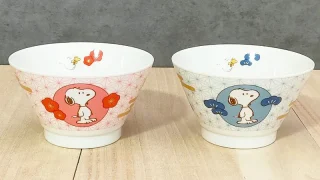 Rice Bowl / Ramen Bowl2025年8月5日Snoopy Japanese Rice Bowl Set - Red Plum & Blue Pine Design - Made in Japan, Microwave & Dishwasher Safe
Rice Bowl / Ramen Bowl2025年8月5日Snoopy Japanese Rice Bowl Set - Red Plum & Blue Pine Design - Made in Japan, Microwave & Dishwasher Safe matcha bowl / Yunomi tea cup2025年1月21日Kutani ware teacups are very easy to use
matcha bowl / Yunomi tea cup2025年1月21日Kutani ware teacups are very easy to use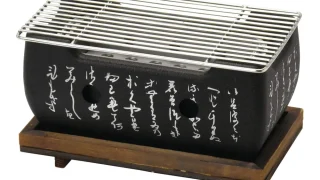 Japanese style BBQ stove grill2025年1月20日Combine a Japanese style BBQ stove grill and sake cups for a special dinner
Japanese style BBQ stove grill2025年1月20日Combine a Japanese style BBQ stove grill and sake cups for a special dinner SAKE bottle and SAKE cup2025年1月17日Mino Ware Gold-painted Sake Ware is Very Beautiful
SAKE bottle and SAKE cup2025年1月17日Mino Ware Gold-painted Sake Ware is Very Beautiful

